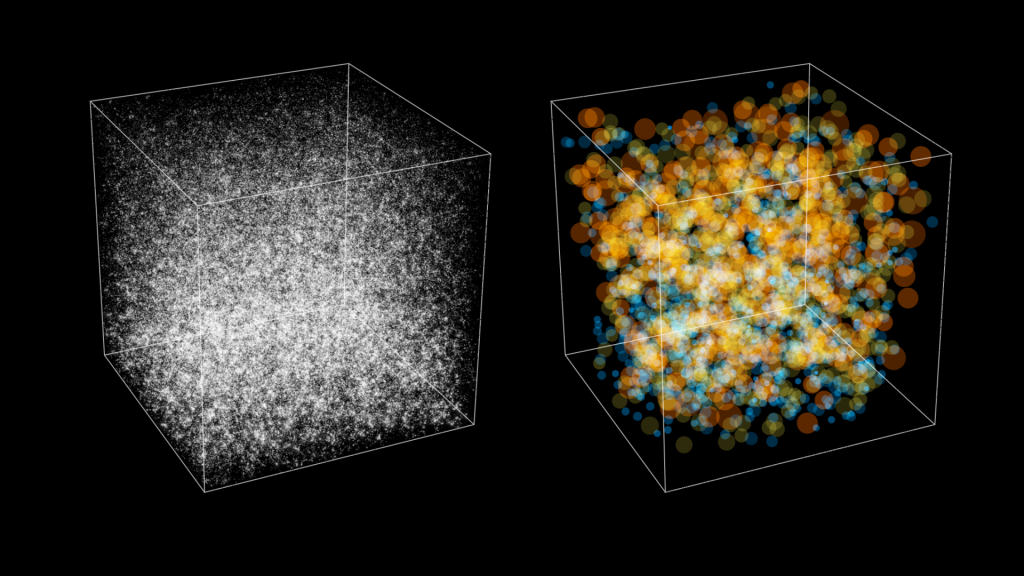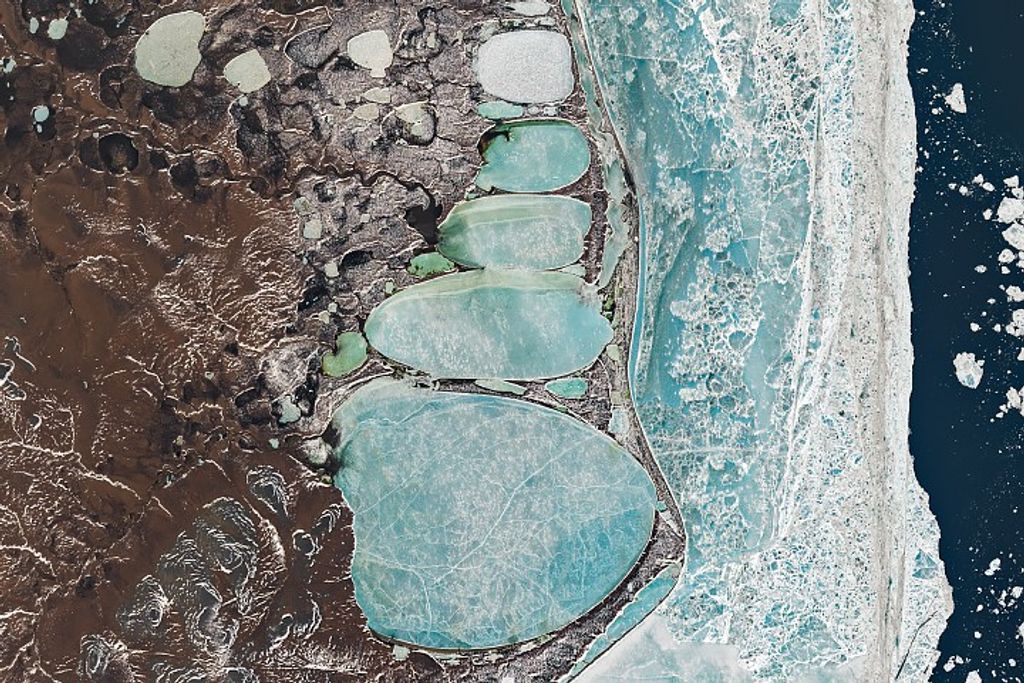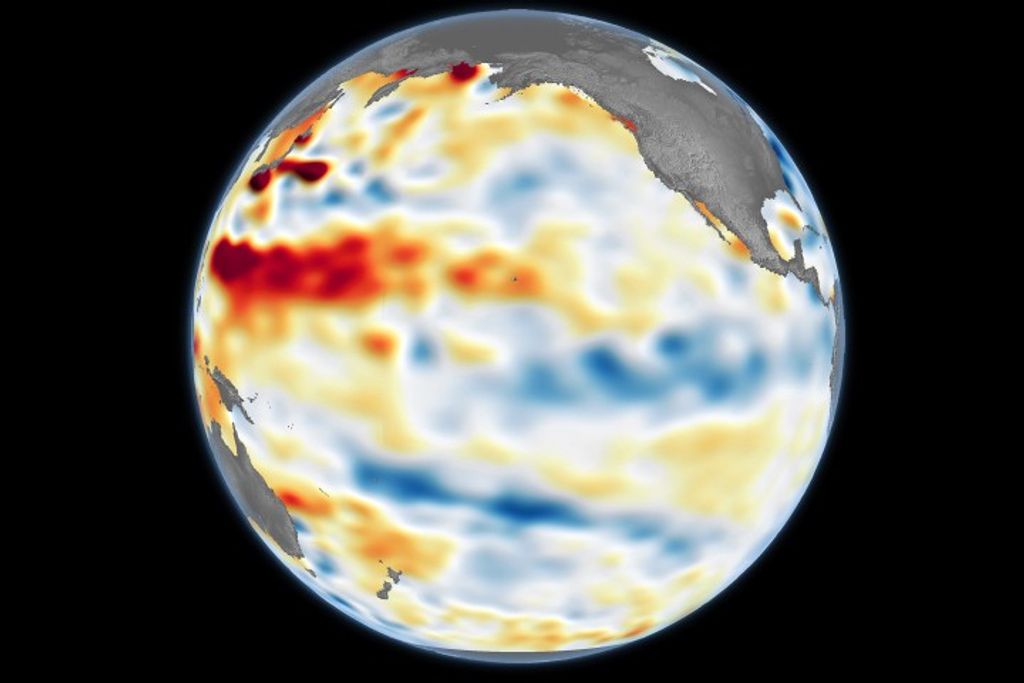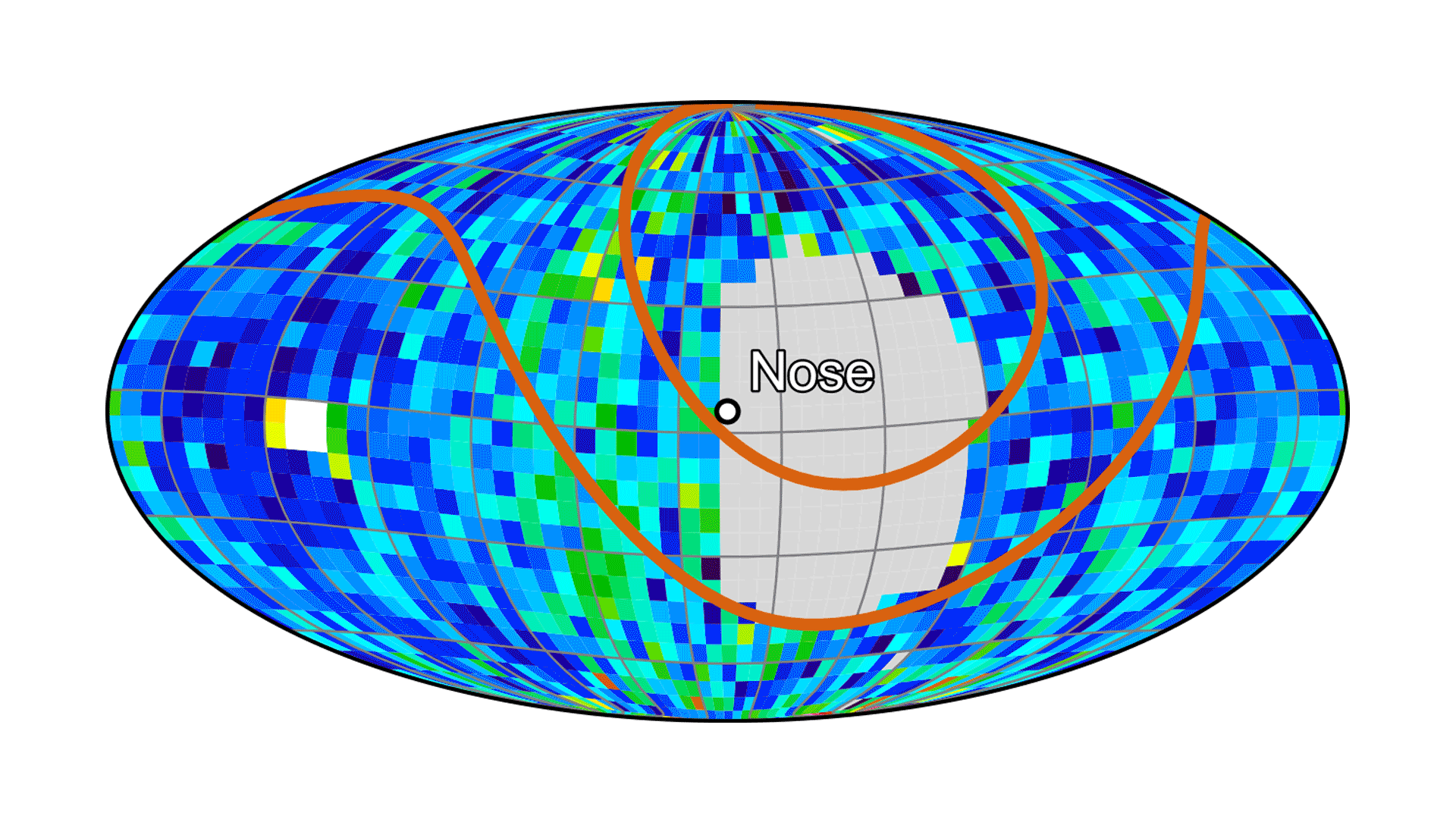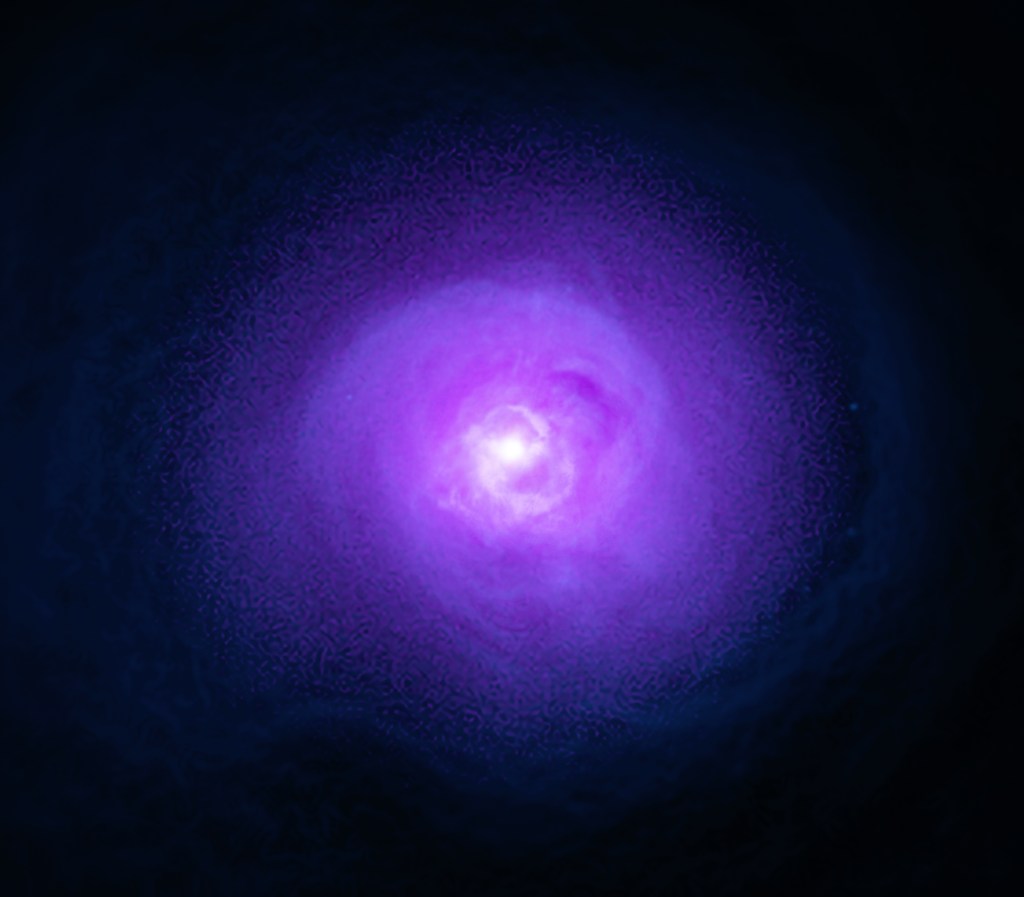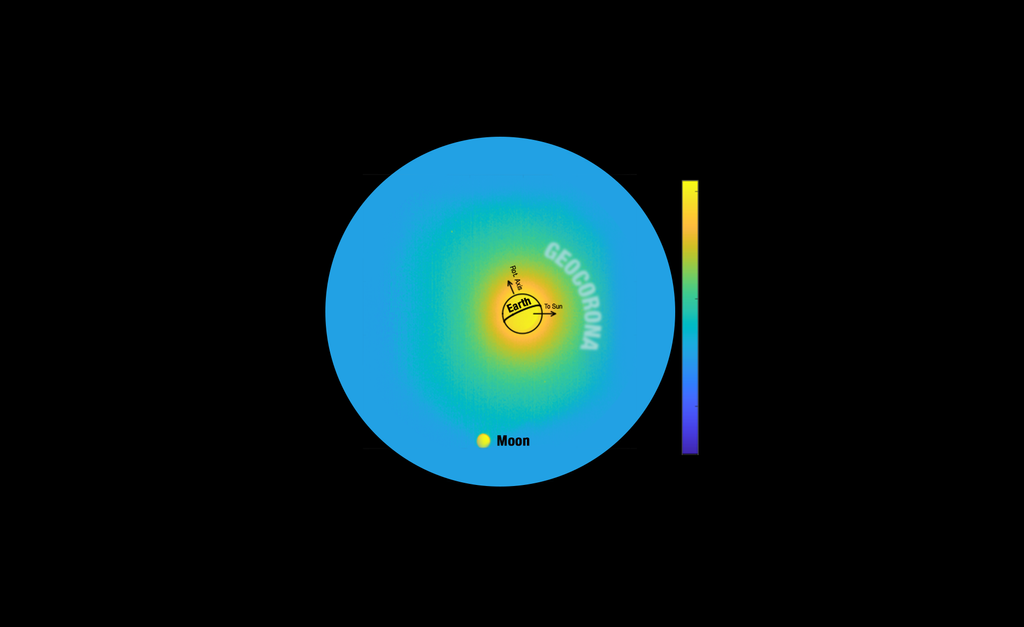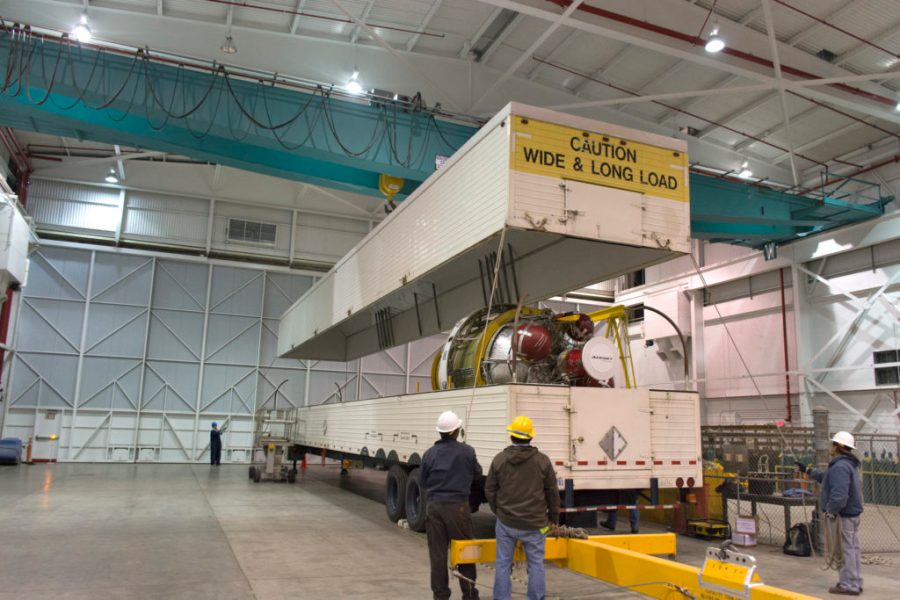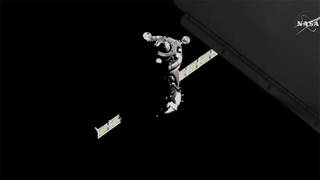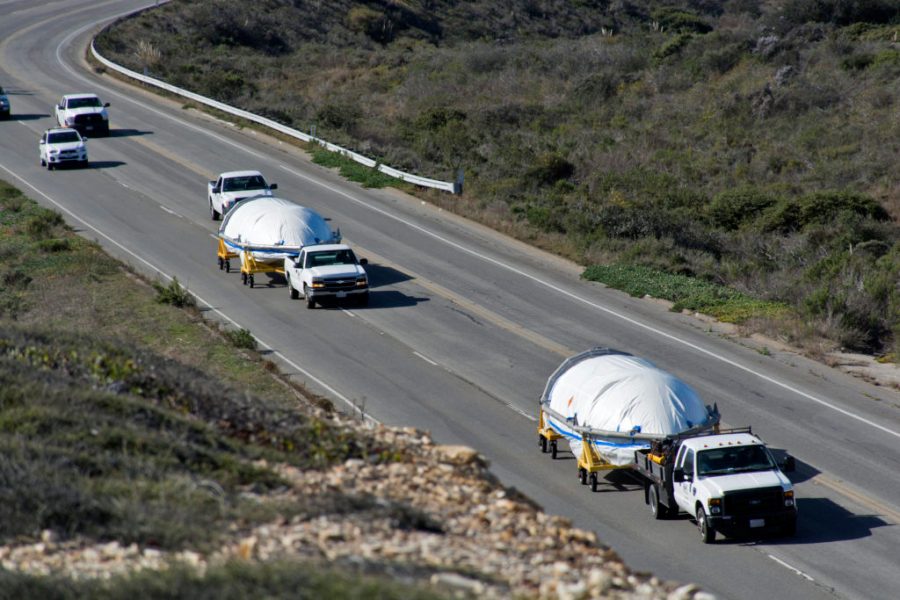Three new Expedition 55 crew members were welcomed aboard the International Space Station today. The hatches between the two spacecraft opened at 5:48 p.m. EDT, marking the arrival of Expedition 55 Flight Engineers Drew Feustel and Ricky Arnold of NASA and cosmonaut Oleg Artemyev of Roscosmos. The trio joined Scott Tingle of NASA, Commander Anton …
Expedition 55 at Full Staff After New Trio Boards Station




